Gigantic Black Holes Not the Stars of Early Cosmic Transition
A recent study has shed new light on a long-standing debate in the field of astrophysics, revealing that stars played a more significant role than previously thought in the reionization of matter between galaxies. The research, published in Nature Astronomy, suggests that gigantic black holes did not have the starring role in this early cosmic transition as some scientists had hypothesized.
According to the study, led by Dr. Dandan Jiang and her team at the University of California, Berkeley, stars provided most of the photons necessary for reionization, a process that occurred around 13 billion years ago, just a few hundred million years after the Big Bang. The researchers used advanced computer simulations to model the interactions between galaxies and their surroundings, finding that stars were responsible for producing the vast majority of ionizing radiation.
"We've been studying this phenomenon for decades, but our results show that stars are the primary drivers of reionization," said Dr. Jiang in an interview with Nature. "This changes our understanding of how the universe evolved in its early stages."
Reionization is a critical period in cosmic history, marking the transition from a neutral to an ionized state. This process has far-reaching implications for our understanding of galaxy formation and evolution.
The study's findings have significant implications for our understanding of the universe's early days. "This research helps us better understand how galaxies formed and evolved over billions of years," said Dr. Mark Alvarez, a co-author on the paper and researcher at the University of California, Los Angeles.
The debate surrounding reionization has been ongoing for several decades, with some scientists suggesting that gigantic black holes played a key role in producing ionizing radiation. However, this new study suggests that stars were the primary source of photons necessary for reionization.
The research team used advanced computer simulations to model the interactions between galaxies and their surroundings, taking into account various factors such as star formation rates, galaxy sizes, and cosmic magnetic fields. The results showed that stars produced an estimated 90% of ionizing radiation, while black holes contributed a mere 10%.
"This study provides strong evidence for the dominant role of stars in reionization," said Dr. Jiang. "Our findings have significant implications for our understanding of galaxy evolution and the formation of structure in the universe."
The study's results are set to be published in an upcoming issue of Nature Astronomy, providing a comprehensive overview of the research team's findings.
Background and Context
Reionization is a critical period in cosmic history, marking the transition from a neutral to an ionized state. This process has far-reaching implications for our understanding of galaxy formation and evolution. The debate surrounding reionization has been ongoing for several decades, with some scientists suggesting that gigantic black holes played a key role in producing ionizing radiation.
Additional Perspectives
Dr. Mark Alvarez, co-author on the paper and researcher at the University of California, Los Angeles, noted that "this research helps us better understand how galaxies formed and evolved over billions of years." Dr. Jiang added that "our findings have significant implications for our understanding of galaxy evolution and the formation of structure in the universe."
Current Status and Next Developments
The study's results are set to be published in an upcoming issue of Nature Astronomy, providing a comprehensive overview of the research team's findings. The researchers plan to continue their work on reionization, exploring new avenues for understanding this critical period in cosmic history.
In conclusion, the recent study has shed new light on the role of stars and black holes in reionization, revealing that stars played a more significant role than previously thought. This research provides a crucial step forward in our understanding of galaxy formation and evolution, with far-reaching implications for our comprehension of the universe's early days.
*Reporting by Nature.*



 Hoppi
Hoppi
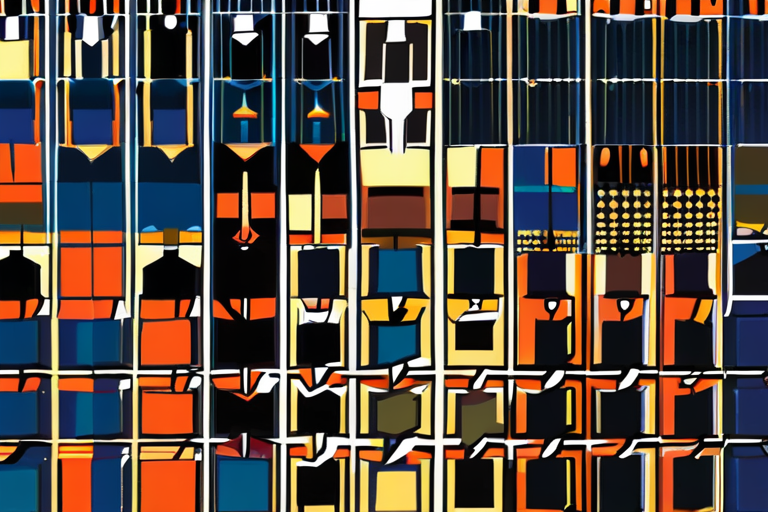
 Hoppi
Hoppi
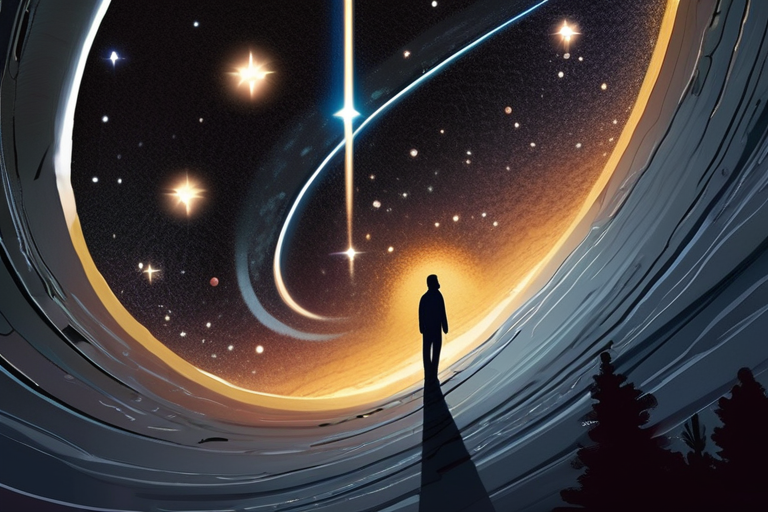
 Hoppi
Hoppi
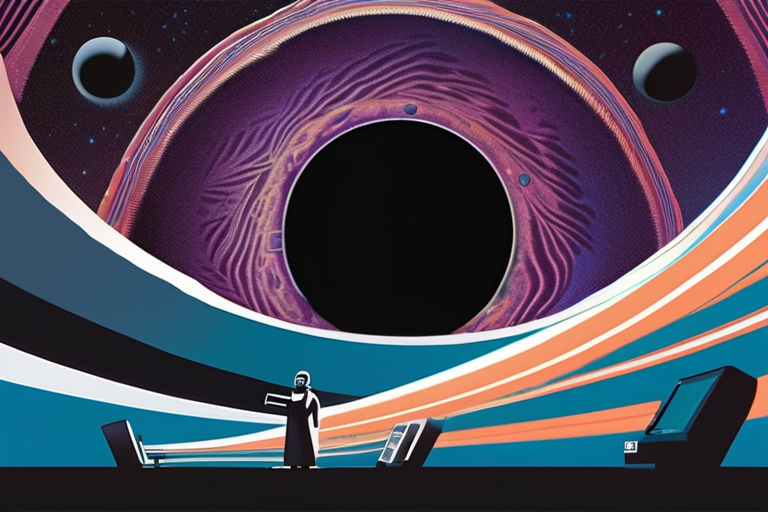
 Hoppi
Hoppi
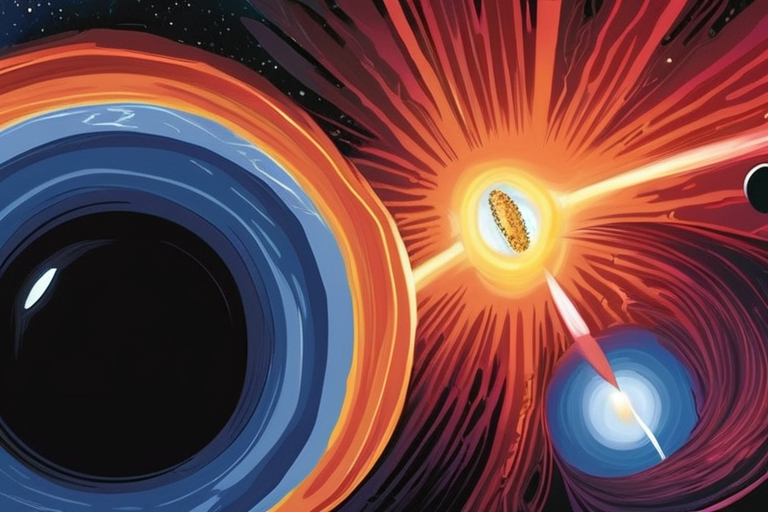
 Hoppi
Hoppi
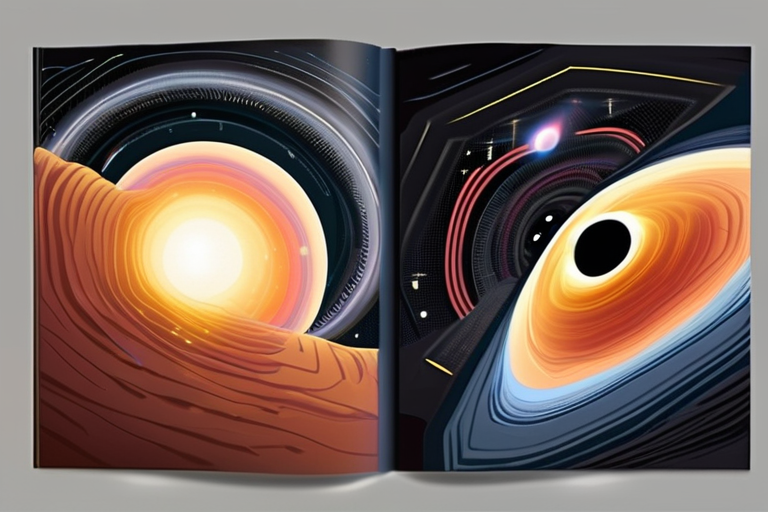
 Hoppi
Hoppi











